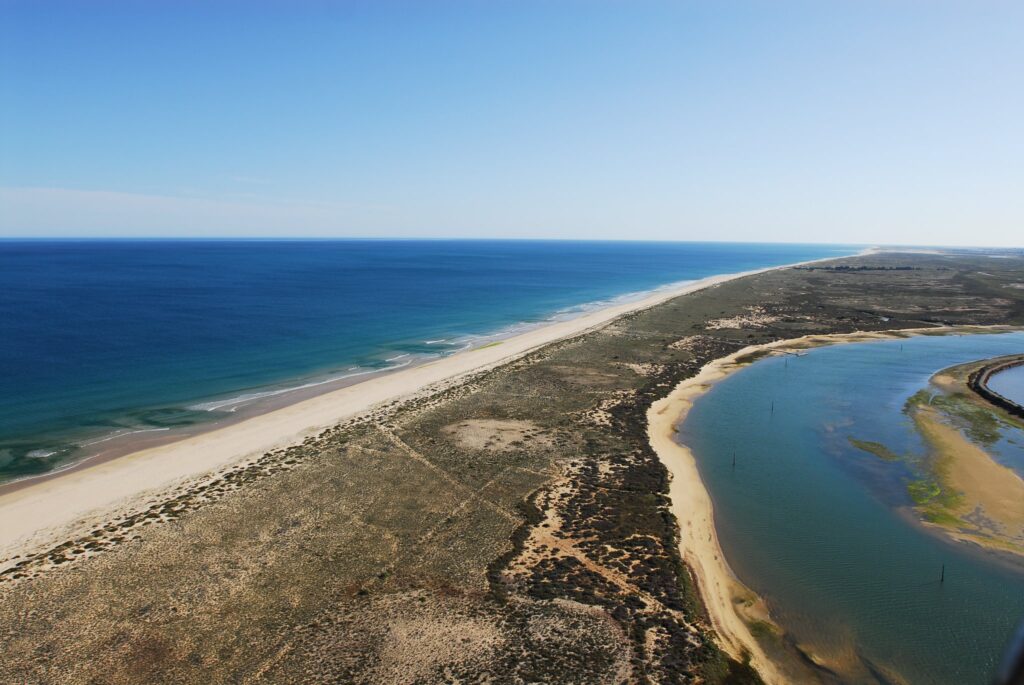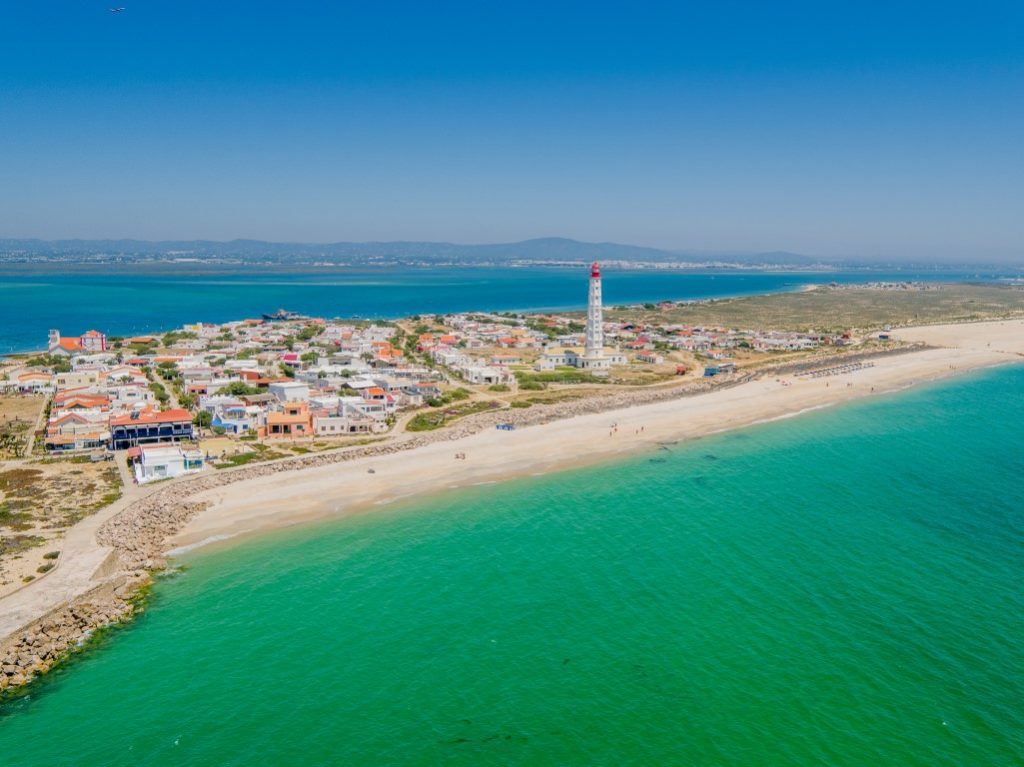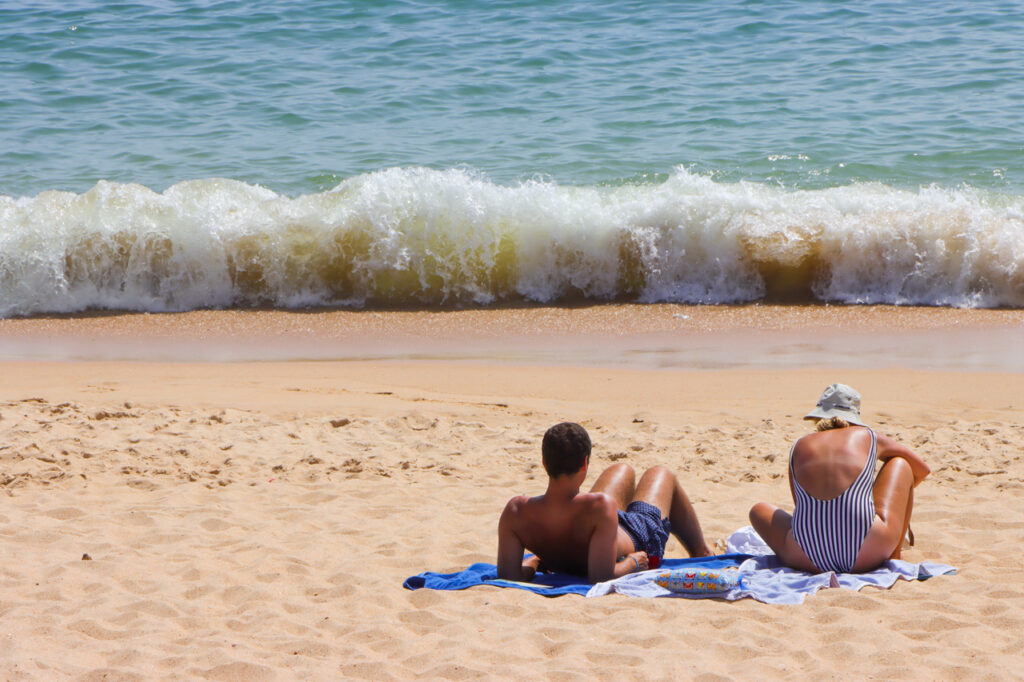Tavira, Alcobaça and Porto Santo (Madeira), with four, Faro, Vila do Bispo, Peniche and Sesimbra, with three, are the counties in the country with the most “zero pollution” beaches, according to an assessment by ZERO – Associação Sistema Terrestre Sustentável, released today.
In the Algarve, in all, there are 14 beaches, in six municipalities, with this classification of water, sand and air without any pollution. Thus, de Tavira (4 beaches) are in the list Barril, Cabanas-Mar, Ilha de Tavira-Mar and Terra Estreita; in Faro (3), the beaches of Barreta, Culatra-Mar and Ilha do Farol-Mar, while Vila do Bispo (3) are considered Castelejo, Cordoama and Martinhal.
Loulé has two zero pollution beaches: Ancão and Quinta do Lago. Finally, Aljezur (Vale Figueira) and Castro Marim (Alagoa-Altura) have a beach each.
In all, according to the environmental association, there are 53 zero pollution beaches in Portugal, evaluated according to parameters that ZERO considers to be «truly what is desired on a European scale within the framework of the European Ecological Pact, in particular within the scope of the Action Plan for Zero Pollution».
A zero pollution beach is one in which no microbiological contamination was detected in the analyzes carried out on the bathing waters over the last three bathing seasons.
In 2021, beaches with zero pollution represent 8% of the total of 643 bathing areas in operation, a reduction of 22 percentage points, 15 beaches less, compared to the 68 classified last year.
All beaches classified last year as zero pollution beaches are classified under the legislation as beaches with “excellent” water quality.
But the association explains that "most of the time", just because "of a single analysis where the presence of microorganisms was detected, even if very far from the limit value, could no longer be considered zero pollution beaches".
Municipalities such as Torres Vedras and Angra do Heroísmo thus had a significant number of beaches removed from the list (nine and five beaches, respectively). In terms of balance, 29 beaches left last year's list and 14 new ones entered.
ZERO stresses that "it is extremely difficult to achieve an unharmed record over three years in inland bathing areas, which are much more susceptible to microbiological pollution".
Unlike the period from 2016 (the year in which ZERO started this assessment) to 2019, but having already taken place last year, there is no indoor bathing area with a zero pollution rating.
All classified beaches are considered “coastal”, except one beach in an estuarine area classified as “transition”. Therefore, adds the environmental association, "this fact is an indicator of how much remains to be done to ensure good water quality in rivers and streams in Portugal, which requires additional efforts in terms of urban sanitation and companies."
«Recent information from APA – Portuguese Environment Agency states that an interim analysis carried out in 2018 revealed a decrease in water quality in a significant amount of water bodies in relation to the data obtained at the time of diagnosis for the 2016-2021 Hydrographic Region Management Plan », he adds.
What is a zero pollution beach?
Based on data requested from the Portuguese Environment Agency, the ZERO Association identified the beaches that, over the last three bathing seasons (2018, 2019 and 2020), not only had always been rated "Excellent" but also had values of zero or less than the limit. of detection in all analyzes carried out on the two microbiological parameters controlled and provided for in the legislation (Escherichia coli e Enterococci intestinal).
That is, in all the analyzes carried out, no colony forming unit was detected. Three years are considered to correspond to the minimum period usually required by Directive 2006/7/EC of the European Parliament and of the Council of 15 February 2006, on the management of the quality of bathing water, in order to proceed with the classification of the quality of the area. bathing.
Some bathing season alerts
ZERO selected some aspects that it considers crucial at the beginning of the bathing season in many beaches:
>>For environmental and safety reasons, only beaches classified as bathing areas should be visited, where there is surveillance and where the quality of the water is known;
>>Due to the pandemic situation, adequate distances from third parties must be safeguarded;
>>No waste should be left on the beach and, whenever possible, we should send it through selective collection. Extra care should be taken when disposing of gloves and masks. More than 80% of the 12,2 million tonnes of plastic that enters the marine environment each year comes from terrestrial sources, with the largest contributor being plastic waste, including items such as beverage bottles and other types of packaging. This year, considerable debris and masks and gloves are also being detected in the Mediterranean;
>>The landscape and ecosystems surrounding the bathing areas must be preserved, avoiding the trampling of dunes or other sensitive areas.
The data used in this analysis were transmitted by the APA – Portuguese Environment Agency (information also available on the APA website), responsible for coordinating these matters, namely for the classification of bathing waters and monitoring data. Monitoring of bathing waters is a legal responsibility of the APA, on the mainland, of the Regional Directorate for Maritime Affairs (DRAM), in the Azores, and the Regional Directorate for Spatial Planning and Environment (DTROTA), in Madeira.
Click here for a list of all 53 zero pollution beaches






















Comments